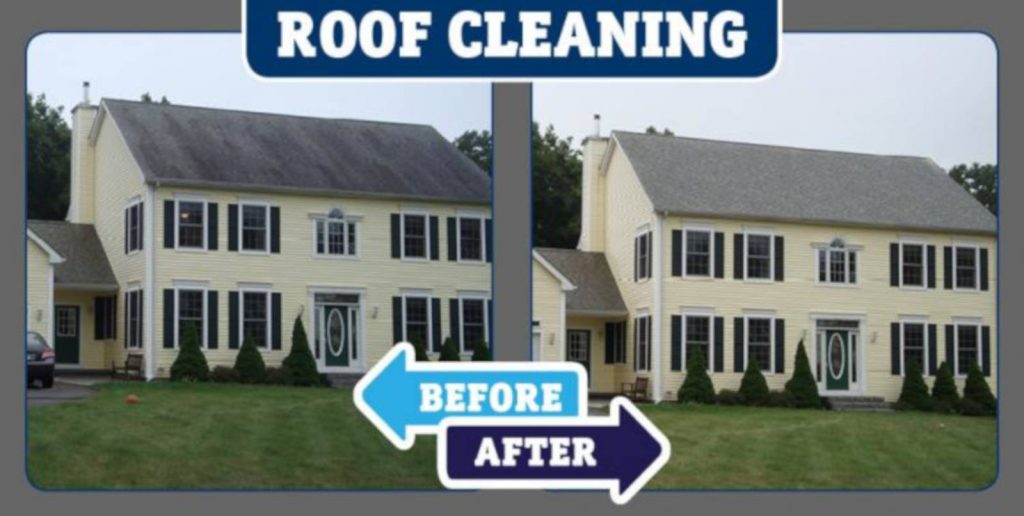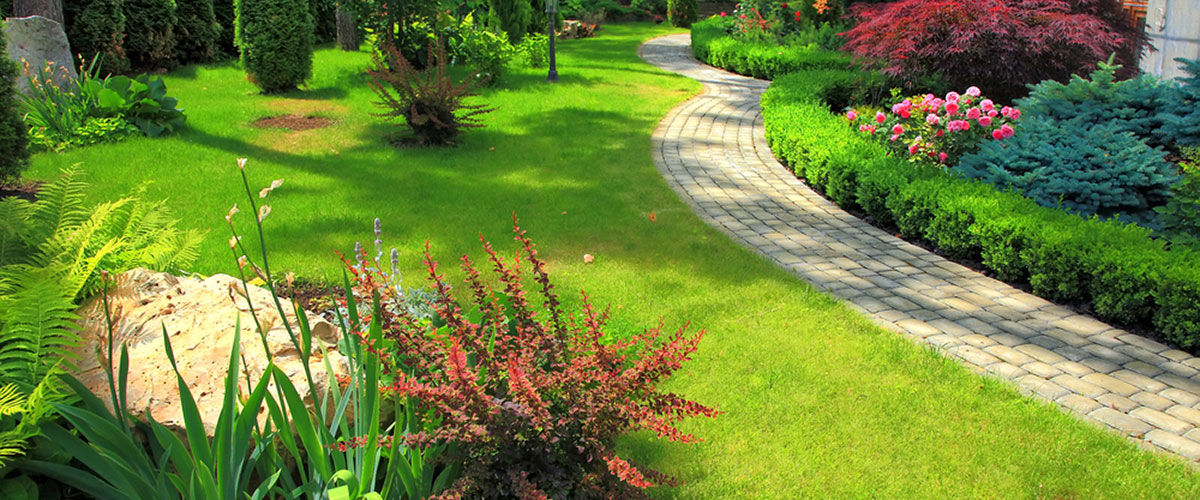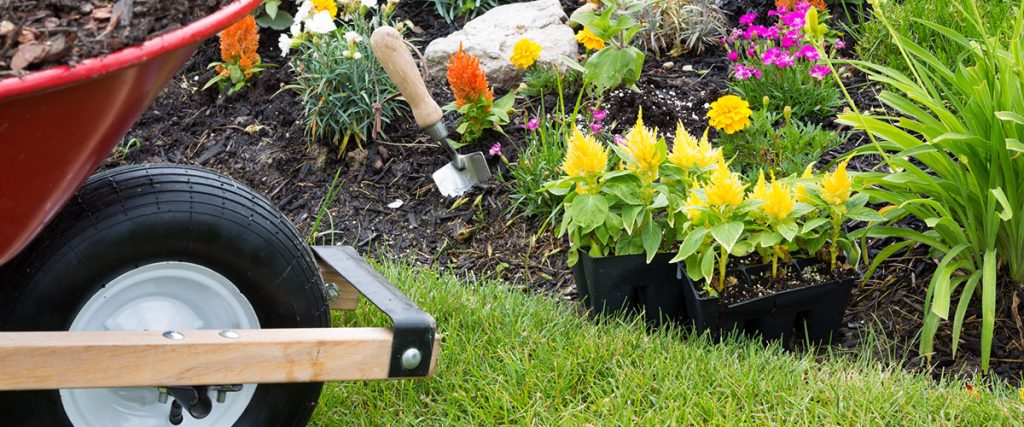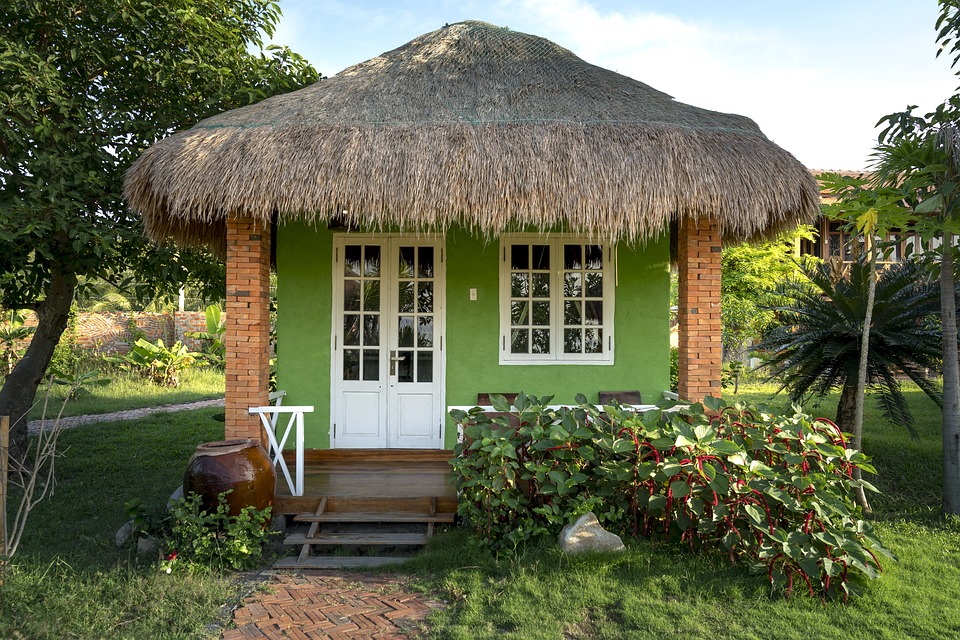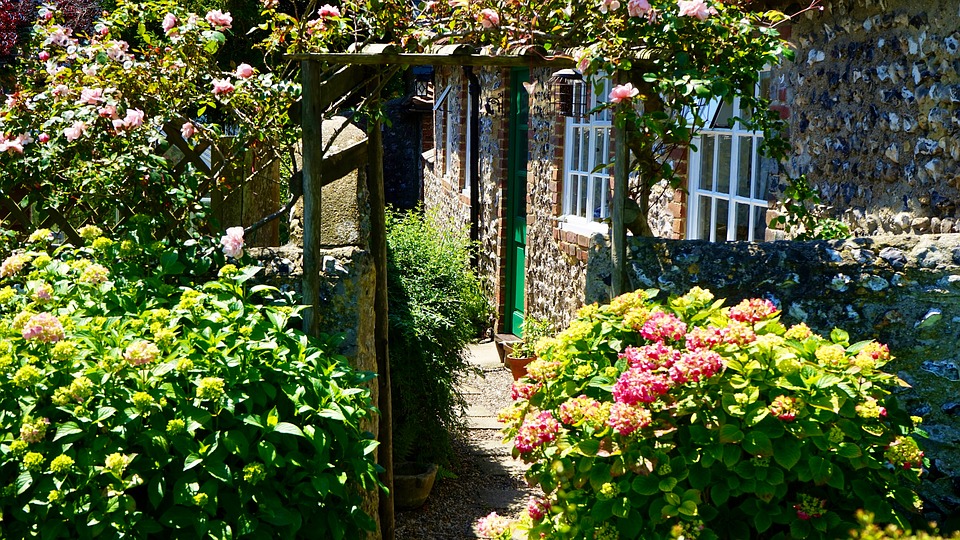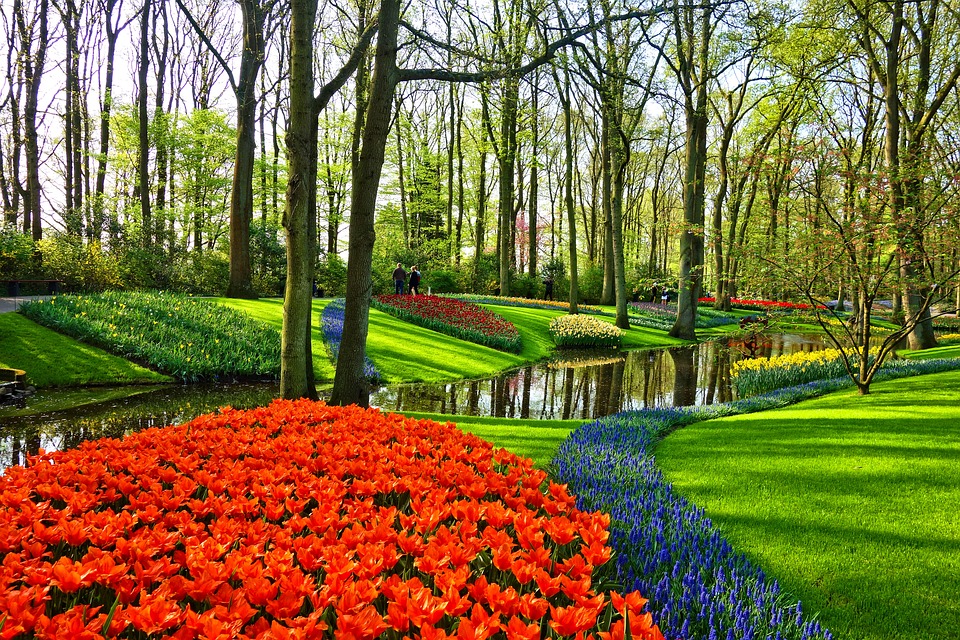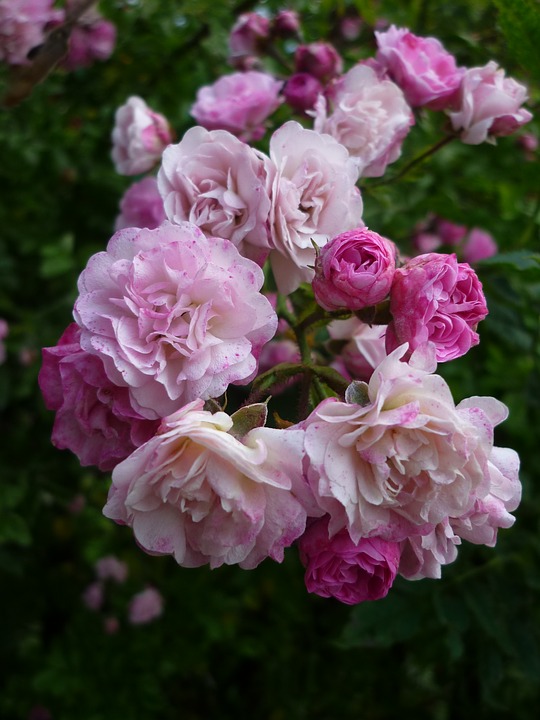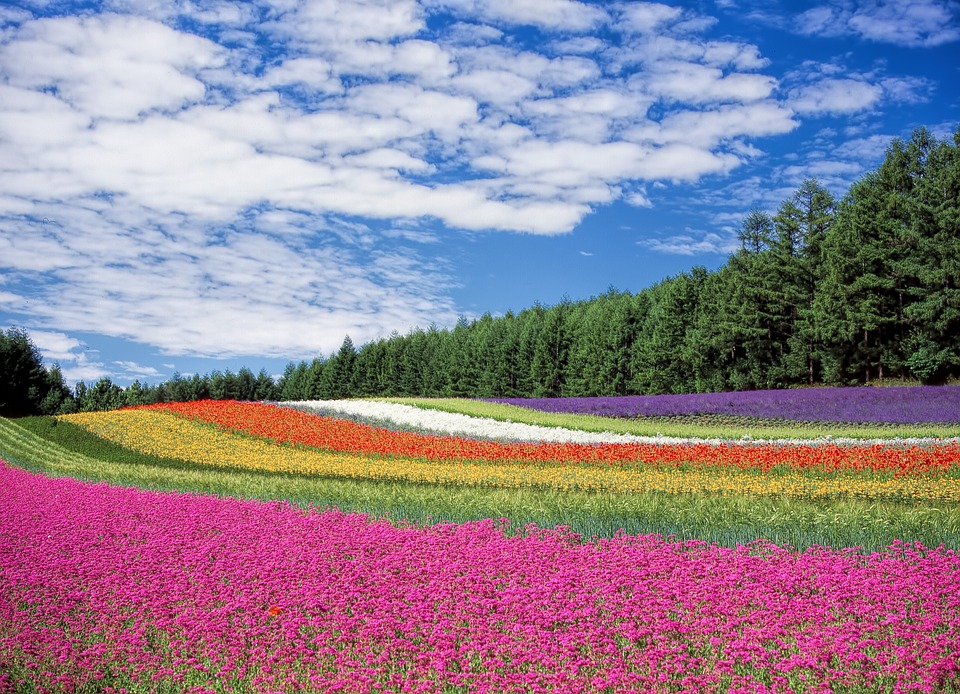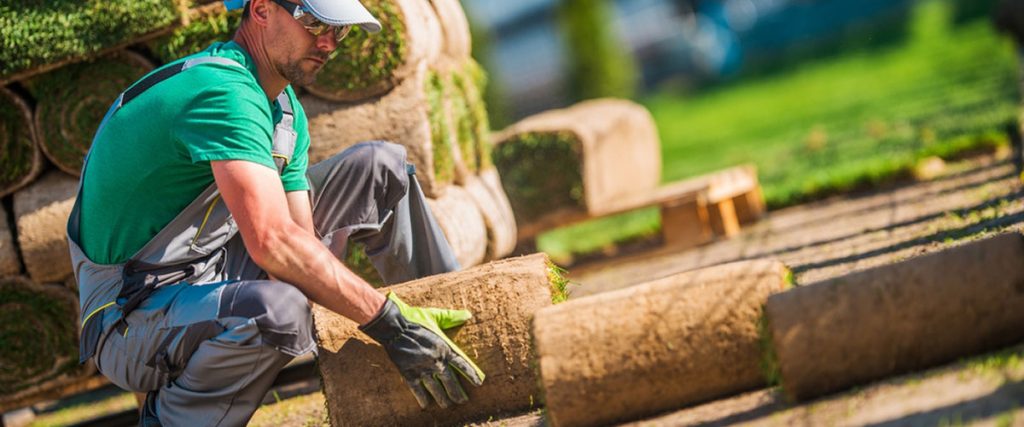If you love to entertain at home, an outdoor kitchen remodel is an excellent option for creating a space for cooking, mixing drinks, and relaxing on the patio or deck. A new outdoor kitchen design also adds instant elegance and style to your property, but the way you plan your garden and greenery around the space is also essential! Check out these design ideas to compliment your outdoor kitchen renovation plans.

Create a Wall
Adding a bit of separation between your new outdoor kitchen renovation and your close neighbors allows for added privacy and relaxation. Garden walls also help to insulate a space from noisy neighbors, roadways, nearby schools, and all other such distractions!
A garden wall might start with a trellis or wires connected to support poles. You might then plant grapevines, ivy, morning glories, or another thick, climbing plant. Learn more about these types of plants on our specialty planting page. Those leaves block the view and help keep sound waves out of your kitchen space while flowering vines also add pops of color and lots of visual interest.
Plant Shrubs and Bushes
Apart from a garden wall, you might consider planting thick shrubs and bushes for added privacy next to your new outdoor kitchen renovation. Lilac bushes are an especially lovely choice, or you might choose box hedges if you prefer something trimmed and manicured.
If your property has a chain link fence around it, you can combine a garden wall and a set of shrubs by planting thick vines at the base of the fence and letting those vines grow through the links. Once they fill out, you’ll have lots of privacy between your new outdoor kitchen remodel and your neighbors.
Herbs
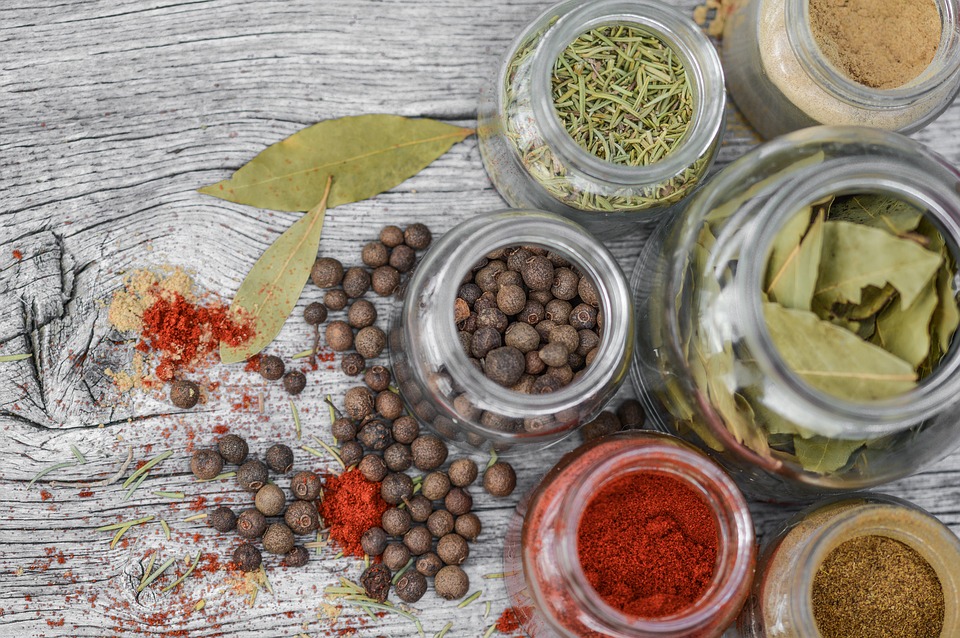
What outdoor kitchen design is complete with fresh herbs you might use for cooking? You can add some greens and wonderful aromas to your outdoor kitchen renovation by planting herbs along the edges of your patio or deck, or planting those herbs in small pots and placing them throughout your outdoor kitchen. You’ll then have some great greens to soften the space and all the fresh herbs you need for when it’s time to cook in your new outdoor kitchen!
Use Oversized Pots to Hide Outlets
Your outdoor kitchen design will typically include lots of outlets attached to the home’s exterior walls or along a bar area in the kitchen space itself. You can hide these unsightly outlets with oversized potted plants. Choose a color and design that coordinates with your kitchen space and ensure the flowers or plants are easy to maintain and won’t wilt under the added heat of your new outdoor kitchen renovation.
Add Color to Break Up a Panel Fence
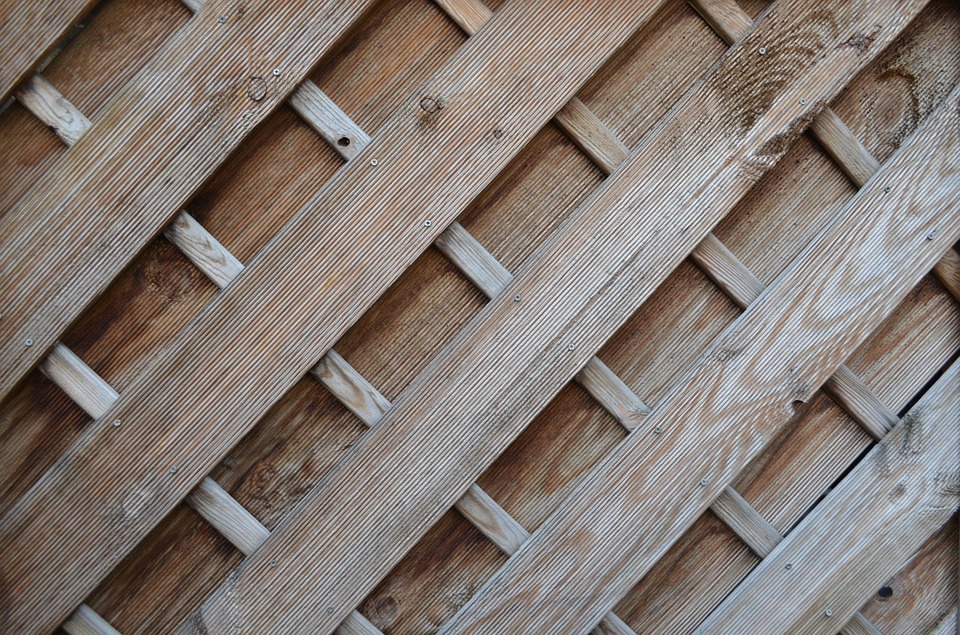
If your new outdoor kitchen renovation is surrounded by a wood or vinyl panel fence, you might break up the look of those stark panels with colorful flowers and bushes. Avoid plain green shrubbery unless you add smaller flowers with pops of color in front of them, to keep the fence and your vegetation from seeming dull and bland next to your new outdoor kitchen design. You might also add hooks for hanging baskets of colorful blooms for even more color.
Don’t Forget Lighting!
When choosing landscaping that will complement your new outdoor kitchen renovation and design, don’t forget lighting! After all, you’ll probably want to sit and enjoy your outdoor space long after twilight. Added lighting creates a welcoming glow in your outdoor kitchen while also highlighting your flowers and greenery.

Consider solar-powered spike lanterns you can place up and down walkways and in front of those colorful bushes by your fence. Add some string lights to your green wall and a spotlight in front of oversized planters. All those landscape lights will create a beautiful glow and ensure your plants and shrubs don’t disappear once the sun sets!


